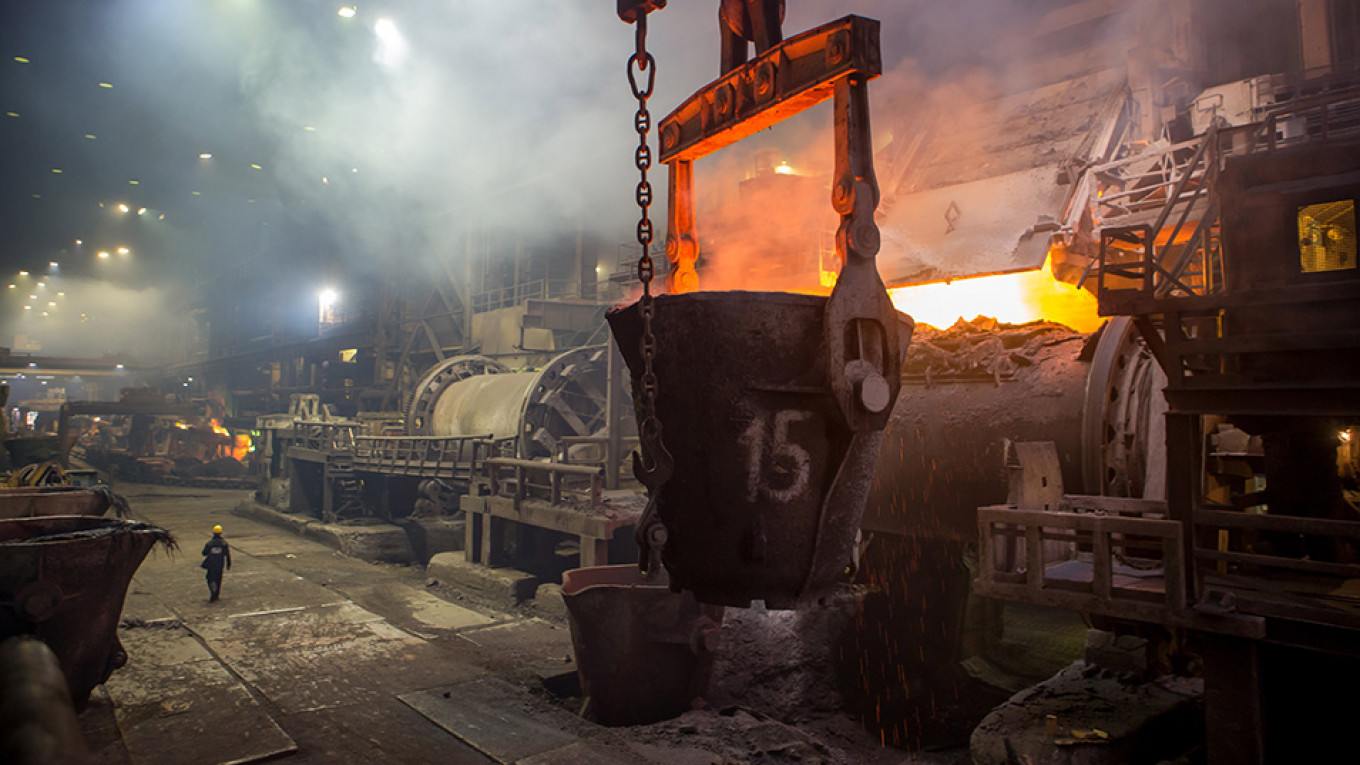
Russia’s Norilsk Nickel, the world’s largest nickel and palladium miner, has begun closing down its smelter in the northern Russian city of Nikel just a month after it first announced its plans.
Forty-four employees at the furnace will soon turn off the heat for the last time.
“The shutdown of the smelter will be going in stages until the end of 2020,” said Igor Dukhatanov, deputy director of personnel and social policy at Nornickel subsidiary Kola, at a meeting with Nikel city council deputies.
“In particular, one of the three furnaces is now preparing to stop,” Nornickel’s company newspaper Kn51 quoted him as saying.
Dukhtanov said that six of the 44 employees have agreed to retire with pensions. Others will be moved to new or already existing production units of Kola.
Kola is Nornickel’s subsidiary on the Kola Peninsula with mines, enrichment plants and a pellet production facility in Zapolyarny, as well as smelters in Monchegorsk and the factory in Nikel that will be abandoned within a year.
Since the closure was announced at the end of October, the company started to conduct a survey of employees in the smelter workshop to determine their needs and develop support measures to each of them based on their individual situations, the newspaper reports.
In total, about 800 people work at the smelter in Nikel. As previously reported, locals fear the town is doomed as the smelter is the reason why the town was built.
Pollution from the factory has been a thorn in Norway-Russia relations since the days of the Soviet Union. With a total annual emission of about 70,000 tons of sulfur dioxide (SO2) from the plant, the closure of one of three furnaces means a 33% reduction in pollution, or about 23,000 tons of SO2.
That is indeed more than Norway’s total emissions of SO2 which amounted to 16,000 tons in 2018, according to Statistics Norway.
